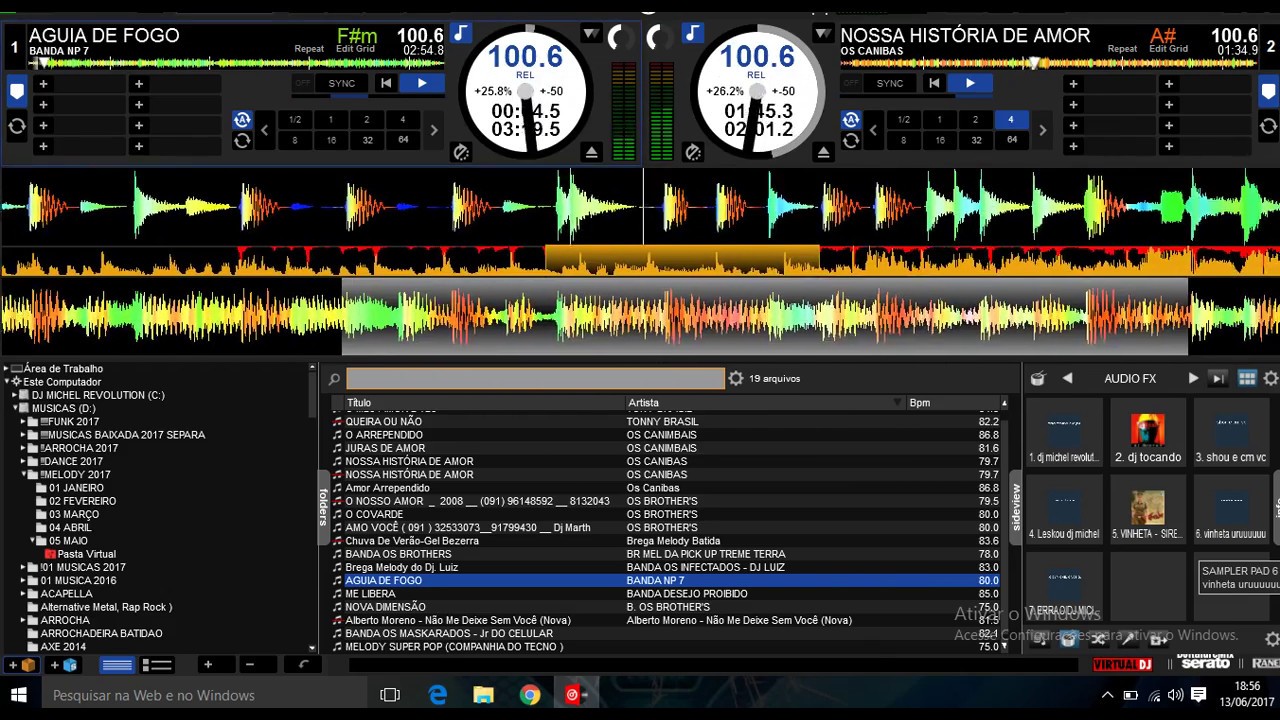
This makes it possible to fix the cue positions if Mixxx fails to determine the correct offsets. We've done our best to mitigate the problem, but if you experience issues we'd appreciate if you get in touch with us on Zulip Chat and work with us to make the offset correction more accurate.Īdditionally, we've added a way to shift all cues for a track at once. Hence, your cues might end up shifted by a few milliseconds. Unfortunately, a myriad of encoders and decoders for lossy formats such as MP3 and M4A/AAC exist, which leads to a situation where all decoders detect slightly different track start and end times for files from different sources. Note that this will clear your existing cuepoints in Mixxx if the track has any Serato hotcues. If you already added a track to your Mixxx library before support for reading Serato's hotcues was added, you can trigger a reimport of the metadata via the track context menu. Mixxx will also import the Beatgrid from Serato, which works for both Beatgrid that were automatically detected by Serato's track analyzer and those that you edited manually. This means you can import the positions, labels and colors of your hotcues into Mixxx automatically when you load the track for the first time. It took months of work, but we finally managed to reverse-engineer the binary formats used by Serato to a degree that allows us to parse this information and use it in Mixxx. Serato saves them in special file tags along with the other track metadata like title, artist and so on. Sorting tracks in your library is important, but preparing cue points in tracks is probably the most time-consuming task. Libraries and crates on external USB drives will work on all supported platforms - even on Linux!
Serato dj intro import music portable#
If you have USB drives with a portable Serato library on it, we've got you covered as well:

This means that the tracks from your Serato library will show up in in the library table and can be directly loaded onto decks without the need to add the music directory in the preferences.Ĭrates created in Serato are also supported, so your collection is still neatly organized.

In addition to Rekordbox device libraries, we added support for reading Serato's database files in Mixxx 2.3, too. Unfortunately, migrating from Serato to Mixxx is a lot of work - apart from familiarizing yourself with a new tool, all the countless hours you spent to organize and prepare the tracks in your old library are lost, and you need to start from scratch.Īt least until now - if you're a Serato user and cast an eye on Mixxx, we've got a nice surprise for you.
Serato dj intro import music software#
The hardware support is nice, but since Serato is neither open-source nor as customizable, we're not too concerned.įrom the user's perpective, switching to the most popular open-source DJ software in world seems like the obvious choice. However, we've recently been made aware that a minor competitor has emerged and tries to steal that title from us - Serato DJ Pro. New in 2.3: Importing tracks and cues from SeratoĪs all of you probably know, Mixxx is the best DJ software in the market.


 0 kommentar(er)
0 kommentar(er)
